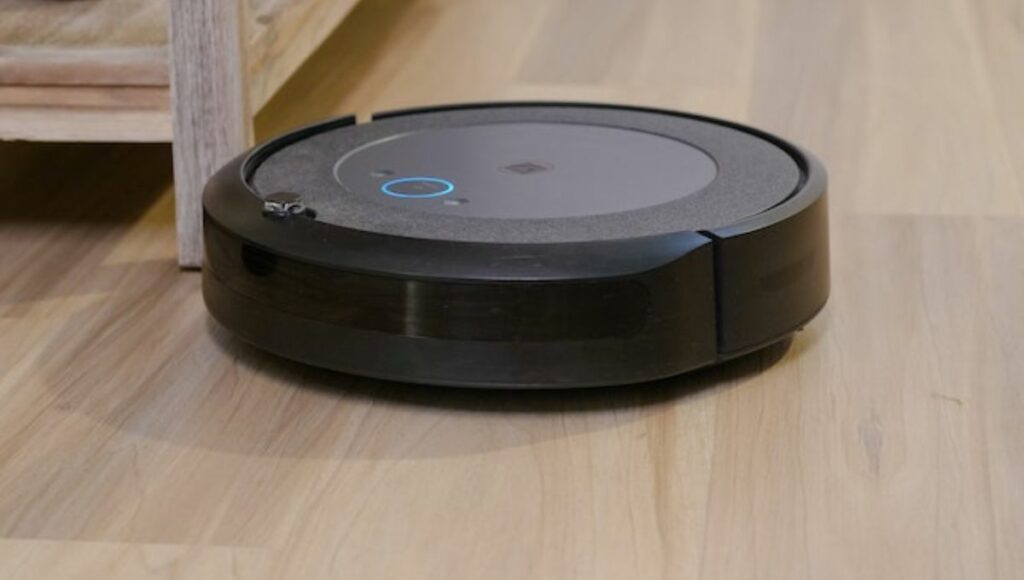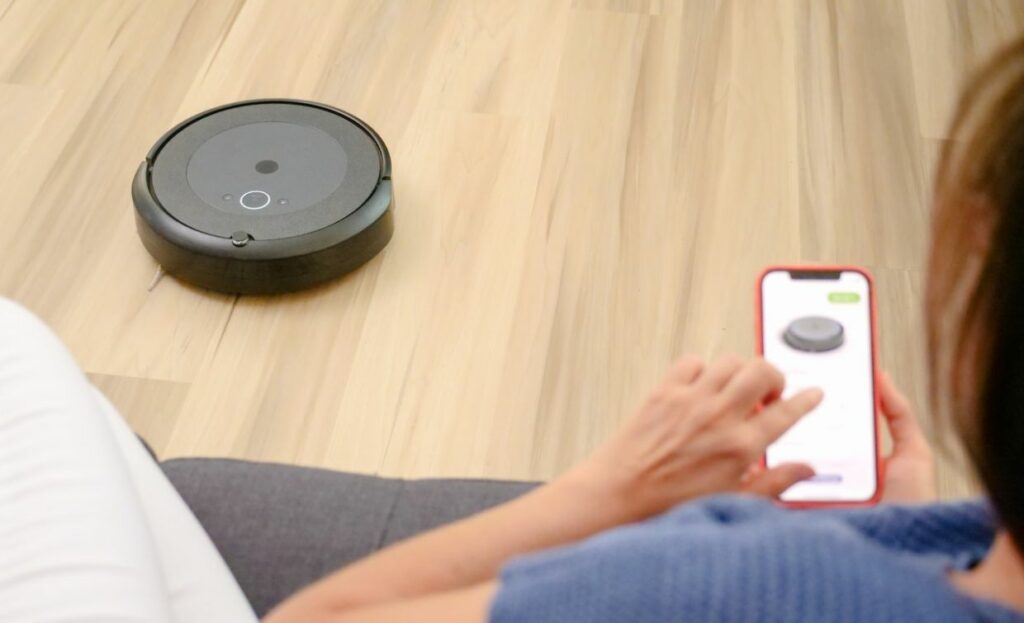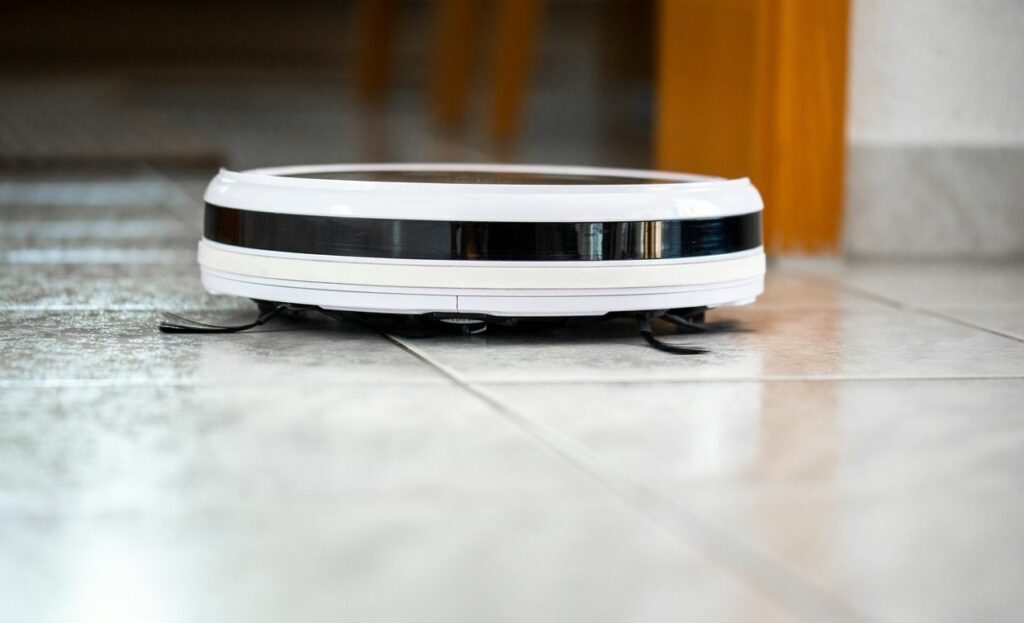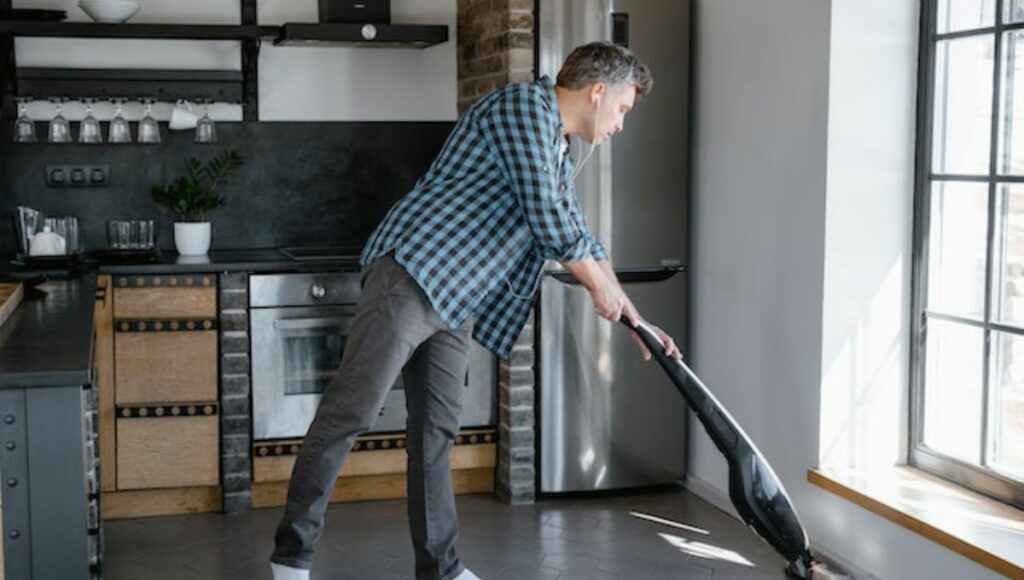Robot vacuums have become increasingly popular in recent years due to their convenience, technology, and efficiency in cleaning. These devices are designed to navigate around your home and clean up dirt and debris without any assistance from you. While they offer numerous benefits, there are drawbacks to consider before investing in one.
One of the most significant advantages of a robot vacuum is the time and effort it saves you. With a busy schedule, finding the time to clean your home thoroughly can be challenging. A robot vacuum can help you clean your floors without wasting too much time. Additionally, they can easily navigate furniture and other obstacles, making them ideal for people with mobility issues. However, some cons are also to consider, such as their limited suction power and noise level.
[lwptoc]
The role of robot vacuums in today’s busy life

In today’s busy life, a robot vacuum can significantly achieve cleaner floors and a dust-free home environment. The first commercially successful robot vacuum, the Roomba vacuum, one of the best robot vacuum today, paved the way for a fleet of smart home devices engineered to make our lives easier. Modern robot vacuums work efficiently, boasting smart features such as app control and automatic scheduling to fit into your smart home ecosystem seamlessly.
Their compact design enables them to navigate through tight spots, a big deal when considering they can access areas that many upright vacuums can’t, such as under a bed or other furniture. Most robot vacuums are equipped with self-emptying technology, meaning less maintenance and hands-free cleaning, which is a massive advantage over traditional vacs. With technological advancements, newer robot vacuum cleaners show increased battery life and suction power, making them suitable for multiple surfaces, from hardwood floors to low-pile carpets to wall-to-wall carpets.
Notwithstanding, there are instances where a robot vac may struggle, such as over a large threshold or with small toys left on the floor, areas where a standard upright vacuum or traditional vacuum cleaner could easily handle. While a robot vacuum cleaner won’t fully replace your upright vacuum, it definitely complements it. An automatic schedule can reduce the time you spend cleaning, particularly on the first floor, where these devices are most effective. A bot vac, however, is not best suited for all situations.
The roller brushes can sometimes get stuck in the same spot, especially on carpets. Although most robot vacuums worth their salt are designed to handle hard floors and carpeting, the cleaning power may not match a standard vacuum, especially on high-pile carpeting.
While being a worthy addition to your vacuuming arsenal, a robot vacuum may not be able to replace your upright vacuum or the old-fashioned elbow grease entirely. Whether a robot vacuum is, a worthwhile investment often boils down to individual needs and the specific dynamics of your house. Still, for many, the convenience offered is indeed a big deal.
Benefits of a robot vacuum
A robot vacuum is an innovative cleaning tool that has gained popularity in recent years. It has many benefits, including convenience, efficiency, and smart features. Let’s take a closer look at these benefits.
Convenience
One of the most notable benefits of a robot vacuum is its convenience. With a button push, the robot vacuum will start cleaning your floors. You can relax or do other things with the time you usually spend vacuuming. You can even program the robot vacuum cleaners to run a cleaning cycle when you’re not home. It will detach itself from the charging base and clean during the times you prefer. This means you can come home to a clean house without lifting a finger.
Efficiency
Robot vacuums are efficient cleaners. They use AI and sensors to navigate your home and clean every corner. They can detect obstacles and adjust their cleaning pattern accordingly. This means they can clean under furniture, along walls, and in tight spaces that are hard to reach with a traditional vacuum cleaner. They also have powerful suction to pick up dirt, dust, and pet hair. Some models even have double-duty as a mop, which means they can clean and mop your floors simultaneously.
Smart features
Robot vacuums come with many smart features that make cleaning even easier. Most models can be controlled with a smartphone app, so you can start, stop, and schedule cleaning from anywhere. Some models even have a charging station and voice control, which means you can control them with your voice. This is especially useful if you have mobility issues or want to clean your home while doing other things.
Additionally, some models have scheduled cleaning, so you can set them to clean at specific times and days. These smart features are great if you have a busy schedule and want your home to be clean without thinking about it.

Drawbacks of a robot vacuum
Robot vacuums have become a popular choice when it comes to cleaning our homes. They are convenient, time-saving, and can be controlled remotely. However, robot vacuums are imperfect, and they have some drawbacks. This section will discuss the cons of robot vacuums and how they can affect your cleaning experience.
Cost
One of the most significant drawbacks of robot vacuums is their cost. Robot vacuums are generally more expensive than traditional vacuum cleaners. For a new robot vacuum, you can get a conventional vacuum cleaner with almost the same cleaning power at a little over half the price you buy robot vacuums. Additionally, robot vacuums require rechargeable batteries, which can be costly to replace.
Cleaning performance
Robot vacuums have smaller, less powerful motors than traditional vacuum cleaners, which means they have less suction power. This can affect their cleaning performance, especially regarding deep cleaning carpets or hard floors. While robot vacuums can clean tight spaces and hard-to-reach floor areas, they may struggle to clean high-traffic zones or edges.
Obstacle navigation
Robot vacuums use sensors to navigate around obstacles, but they may still get stuck or fail to clean specific areas. For example, robot vacuums may have trouble navigating stairs or cleaning tight spaces. Additionally, the rotating brush on some robot vacuums may get tangled with pet hair, dust, dirt, or other debris, affecting their cleaning efficiency.

Pets and robot vacuums
Pets are a beloved part of many households but come with challenges, including shedding and messes. Robot vacuums can be an excellent solution for keeping pet hair and debris under control, but there are also some factors to consider before investing in one.
Pros
- Efficient cleaning: Robot vacuums can clean more frequently and efficiently than traditional vacuums, which can be especially helpful for pet owners who need to stay on top of shedding and messes.
- Hands-free operation: With a robot vacuum, you can set it and forget it, allowing the vacuum to do its work without needing to be manually operated.
- Pet-friendly features: Some robot vacuums have features specifically designed for pet owners, such as tangle-free brush rolls and high suction power to pick up pet hair.
Cons
- Limited suction power: While robot vacuums can be efficient, they often have less suction power than traditional vacuums, which may not be sufficient for heavy-duty pet messes.
- Noise: Some robot vacuums can be loud, which may be stressful for pets.
- Cost: Robot vacuums can be expensive, and pet-specific features can add to the price.
When considering a robot vacuum for pet hair and messes, choosing a model with the right features is important. Look for robot vacuums with strong suction power and pet-friendly features, and consider the size of your home and the type of flooring you have. You can keep your home clean and your pets happy with the right robot vacuum.
Cleaning with a robot vacuum vs traditional vacuum

When cleaning your home, you have two options: a traditional vacuum or a robot vacuum. While both have advantages and disadvantages, it’s important to understand how they differ regarding cleaning capability, noise, and price.
Cleaning capability
One of the most significant differences between a traditional vacuum and a robot vacuum is the cleaning capability. Traditional vacuums tend to have more powerful motors and larger dustbins to pick up more dirt and debris in a single pass. On the other hand, most robot vacuums have smaller dustbins and less powerful motors, which means they may need multiple passes over an area to pick up everything.
However, many robot vacuums have the advantage of being able to clean your floors regularly without any effort on your part. They can be programmed to run on a schedule, so your floors are always clean without you having to lift a finger.
Noise
The noise level is another consideration when choosing between a traditional vacuum and a robot vacuum cleaner. Traditional vacuums tend to be much louder than robot ones, which can be problematic if you have young children or pets sensitive to loud noises. Robot vacuums, on the other hand, are usually much quieter, which means they can be run at any time without disturbing anyone.
Price
Finally, price is another factor to consider when choosing between a traditional vacuum and a robot vacuum. Traditional vacuums tend to be less expensive than robot ones, but they also require more effort. Robot vacuums are more expensive, but they can save you time and effort in the long run by cleaning your floors automatically.
Conclusion
In conclusion, robot vacuums have both pros and cons. They are convenient and can save time and effort, especially for those with busy lifestyles or physical limitations such as back pain. However, they can be expensive and have a shorter lifespan than traditional vacuum cleaners.
When cleaning specific areas like crevices, upholstery, carpet, or vents, robot vacuums may not be as effective as traditional vacuums with attachments. Additionally, traditional vacuums are better at removing allergens compared to robot vacuums.
Robot vacuums can also cause stress and frustration if they get stuck or fail to clean bare floors properly. Researching and reading reviews before purchasing a robot vacuum is important to ensure it fits your home and needs well.
While robot vacuums can be a valuable addition to your cleaning routine, they may not be the best solution for everyone. It is important to weigh the pros and cons and consider expenses, lifestyle, and cleaning needs before deciding.
